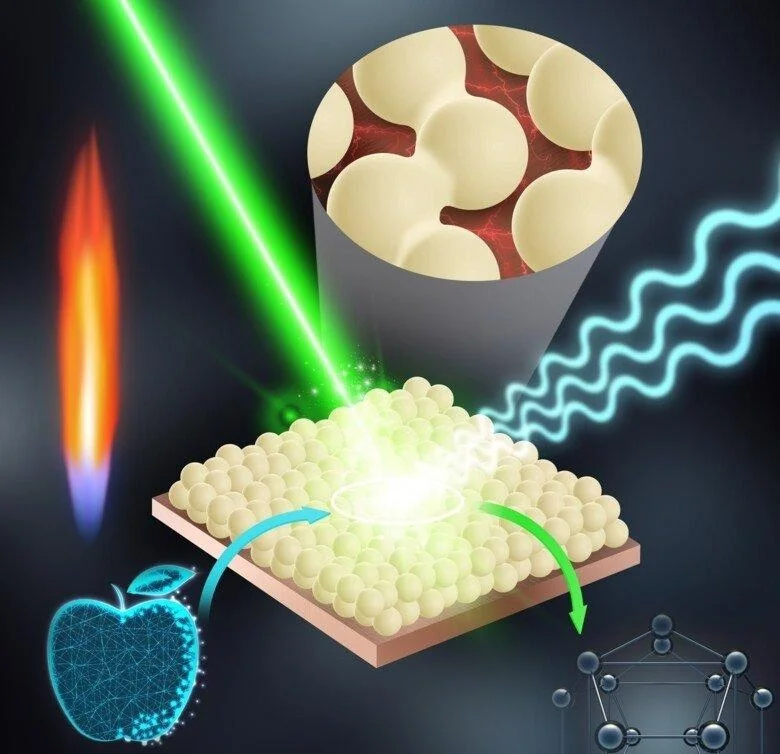Researchers at Karolinska Institute in Sweden have developed a micro sensor that can detect pesticides on fruits within minutes. The proof of concept technology described in a paper in advanced science uses flame sprayed nanoparticles made of silver to enhance the signal of chemicals. The researchers hope that these nano sensors can help people find pesticide residues before eating.

Georgesoterio, chief researcher of the Department of Microbiology, tumor and cell biology of Karolinska Medical College, said that as many as half of all fruits sold in the EU contain a large amount of pesticide residues related to human health problems. However, the current technology used to detect pesticide residues on a single product before consumption is limited in practice due to its high cost and cumbersome manufacturing process. To overcome this problem, researchers have developed inexpensive and reusable nano sensors for monitoring pesticide residues in fruits on sale.
The new nano sensor adopts surface enhanced Raman scattering (SERS) technology, which can enhance the signal of biological molecules on the metal surface by more than 1million times. The researchers created a SERS nano sensor by using flame spraying, a mature and cost-effective metal coating deposition technology, to transport small droplets of silver nanoparticles to the glass surface. Flame spraying can rapidly produce uniform SERS films over a large area, eliminating one of the key obstacles to scalability.
The researchers then fine tuned the distance between individual silver nanoparticles to improve their sensitivity. To test their detection ability, they coated the top of the sensor with a thin layer of tracer dye and used a spectrometer to reveal their molecular fingerprints. The results show that the sensors reliably and uniformly detect molecular signals, and their performance remains unchanged when tested again after 2.5 months, which proves their durability and the feasibility of large-scale production.
In order to test the practical application of the sensors, the researchers calibrated them to detect the low concentration of parathion ethyl, a toxic agricultural insecticide that is prohibited or restricted in most countries. Researchers put a small amount of parathion ethyl in Apple The residue is then collected with a cotton swab, which is dipped into the solution to dissolve the pesticide molecules. After the solution drops on the sensor, the sensor can detect pesticide residues within 5 minutes without damaging the fruit.
Researchers hope to explore whether this nano sensor can be applied to other fields, such as finding biomarkers of specific diseases in the environment with limited resources.